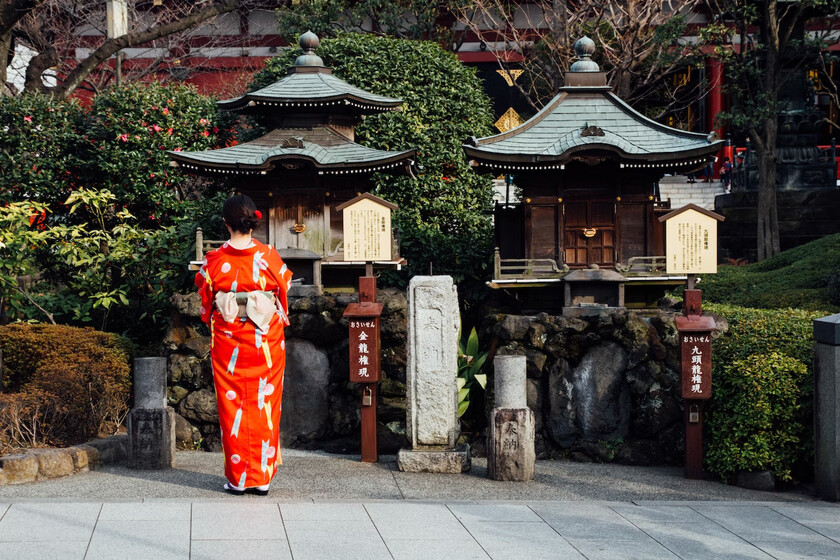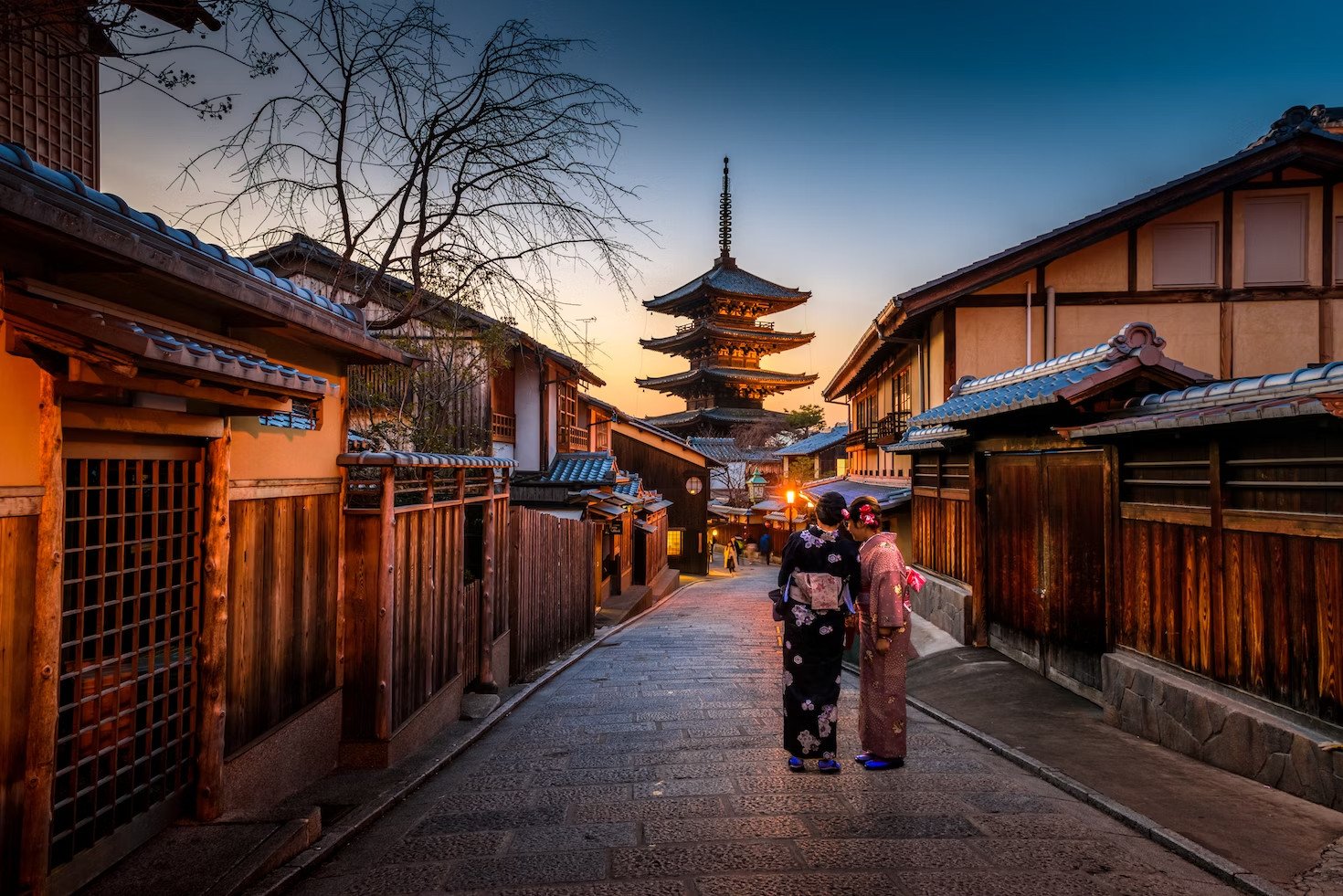Junrei - Pilgrimage
As a country with Shinto as its main religion mixed with Buddhism, there are many popular pilgrimages, bringing with them a sacred atmosphere and meaningful exploration of this land of the rising sun. Among the famous pilgrimages, Shikoku Henro is a must-see destination, with 88 temples spread along the 1,400 km long route.
In the past, completing the Shikoku pilgrimage required perseverance and a long time, as believers had to spend up to 40 days walking from temple to temple. However, with the development of the times, traveling by car has been accepted, reducing the time to 10 days.
While walking is still the preferred option, modern flexibility allows pilgrims to combine walking with public transport, which not only saves time but also reduces costs significantly.

Pilgrimage is not only a spiritual experience but also an important part of Japanese culture.
Pilgrimages are not only a spiritual experience, but also an important part of Japanese culture. In addition to visiting sacred sites, there are even “anime pilgrimages,” where fans get the chance to visit real-life locations that have appeared in popular anime and manga works. This is a testament to the diversity and creativity of contemporary forms of pilgrimage in the land of the rising sun.
Nagashi-bina - Releasing the Doll
The land of cherry blossoms has countless doll festivals, but the most prominent is the Hina Matsuri doll festival which takes place on March 3 every year.
Over 1,000 years ago, the Heian period (794 - 1185) saw the birth of the Hina Matsuri doll festival, an important part of Japanese culture. Today, the festival has become a source of inspiration for families and tourists to immerse themselves in the Hina doll display and enjoy the unique flavors of traditional sweets.

According to legend, on the day of the doll festival, nobles would release dolls made of paper and wood into rivers and seas, praying that the dolls would take over and take away the accidents and illnesses of their daughters.
A unique feature of the festival is Nagashi-bina, or the “doll-releasing festival”. This ritual is not only a traditional event but also a symbol of removing bad luck and symbolizing the bright future of girls. Small boats filled with delicate dolls float gently on the Sumida River, creating a poetic and romantic picture.
In recent years, Nagashi-bina has become less common. However, there are still many places that maintain and preserve this custom, one of which is the Edo Nagashi-Bina Association. The association organizes a doll-releasing event in Tokyo along the Sumida River every year.
Nanakusa Gayu - Seven-herb porridge
Every year on January 7, the Japanese enjoy a special culinary custom - eating Nanakusa Gayu, a porridge made from seven herbs, believed to ward off evil spirits and ensure good health for the year. These herbs typically include barley grass, green grass, wild grass, dandelion, white chrysanthemum, atractylodes and angelica.

Nanakusa Gayu porridge from 7 herbs.
Nowadays, you can easily buy pre-packaged bags of Nanakusa vegetables at supermarkets to cook at home, or even opt for instant Nanakusa Gayu porridge - a convenience especially for people with busy lives.
Emphasizing cultural and health values, this culinary custom not only offers a unique culinary experience but is also a great way to start the new year with good luck.
Hatsuhinode - Watching the first sunrise of the year
Every New Year, Japanese people not only welcome it with traditional festivals but also with a special spiritual ritual - Hatsuhinode, also known as watching the first sunrise of the year. This is also an indispensable activity during the Japanese New Year because it is believed to bring luck and success for the new year.
The tradition of "Hatsuhinode" involves choosing the highest possible location, usually an observatory, from which to view the magnificent view of the sunrise that marks the beginning of the new year. This is not only a way to end the old year, but also an opportunity to set expectations and aspirations for the new year that is about to begin.

This is an indispensable activity during the Japanese New Year because it is believed to bring luck and success for the new year.
Along with other traditional festivals, climbing mountains on New Year's Eve to have a chance to see "Hatsuhinode" from the top is a popular activity enjoyed by the Japanese. It is not only an experience to enjoy the natural beauty, but also a way for them to connect their souls with nature and create a positive start to a promising new year.


































